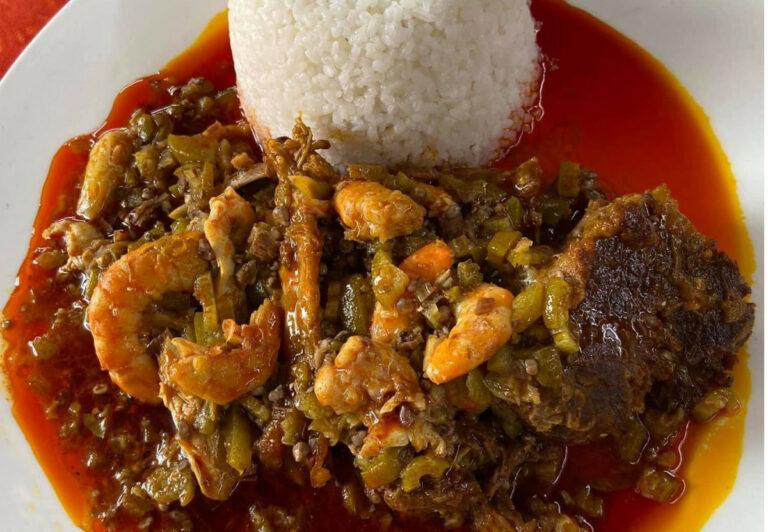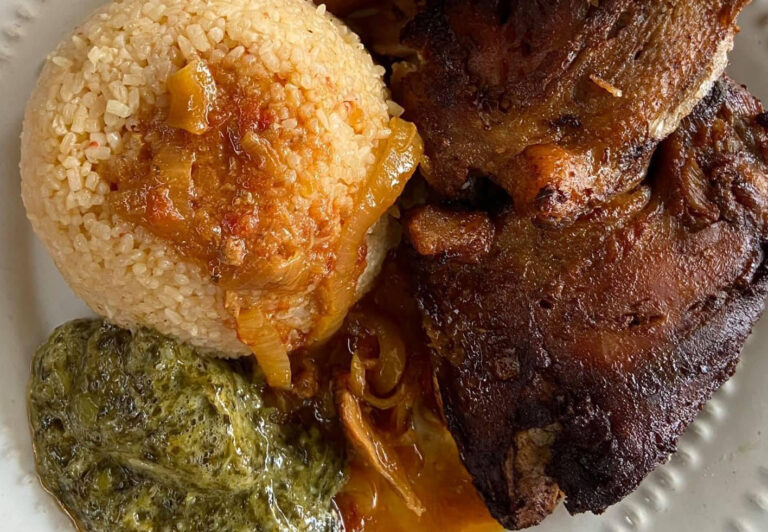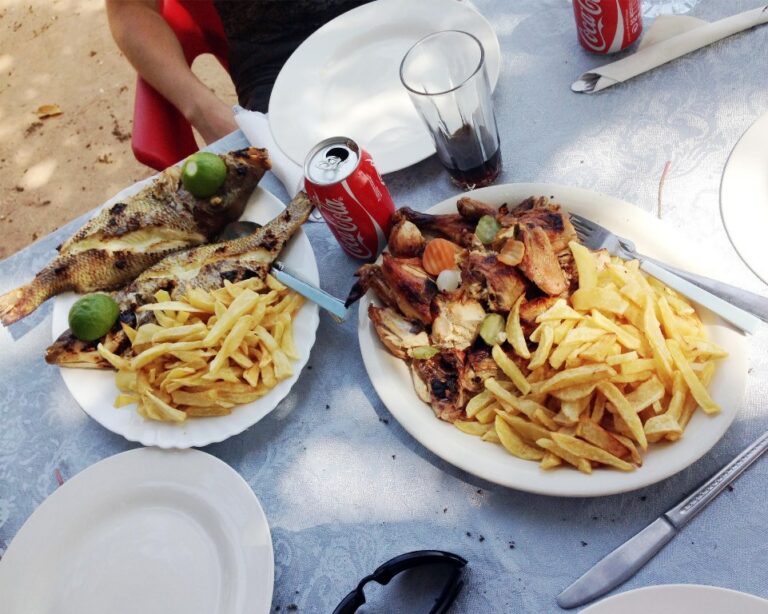Introduction
Guinea-Bissau is a small country located on the west coast of Africa. It is known for its picturesque beaches, lush forests, and diverse wildlife. However, the country is not widely recognized for its desserts or sweets. While Guinea-Bissau may not have a strong culinary reputation, it does have a few traditional desserts and sweets that are enjoyed by locals and visitors alike.
Traditional desserts
The most popular dessert in Guinea-Bissau is called “cuscus,” a pudding made from grated yams or cassava that is mixed with sugar, coconut milk, and spices such as cinnamon and nutmeg. Cuscus is often served with roasted or boiled peanuts and can be eaten as a sweet snack or a dessert after a meal. Another traditional Guinean sweet is “bolo polana,” a cake made with peanuts, coconut, and eggs. This cake is dense and moist and is often served at weddings and other special occasions.
Ingredients
Guinean desserts often include ingredients that are readily available in the country, such as yams, cassava, peanuts, and coconut. These ingredients are used in various ways to create a range of sweet treats. For example, cassava is used to make cuscus, while peanuts and coconut are used in bolo polana. In addition to these ingredients, Guinean desserts may also include spices such as cinnamon, nutmeg, and ginger.
Influences
Guinean desserts have been influenced by the country’s history and cultural heritage. Portugal, which colonized Guinea-Bissau in the 15th century, has had a significant impact on the country’s cuisine, including its desserts. For example, bolo polana is believed to have been inspired by Portuguese cakes that were brought to the country during the colonial era. Additionally, the country’s African heritage is reflected in the use of traditional ingredients such as yams and cassava.
Contemporary desserts
While traditional Guinean desserts are still popular, there are also some new trends emerging in the country. For example, many cafes and restaurants in the capital city of Bissau now offer French-style pastries such as croissants and eclairs. These desserts are often made with imported ingredients such as butter and chocolate and are enjoyed by both locals and foreigners.
Conclusion
In conclusion, while Guinea-Bissau may not be known for its desserts, the country does have a few traditional sweet treats that are worth trying. From cuscus to bolo polana, these desserts are a reflection of the country’s history and cultural heritage. Additionally, with the emergence of new trends such as French-style pastries, it will be interesting to see how Guinean desserts continue to evolve in the future.










